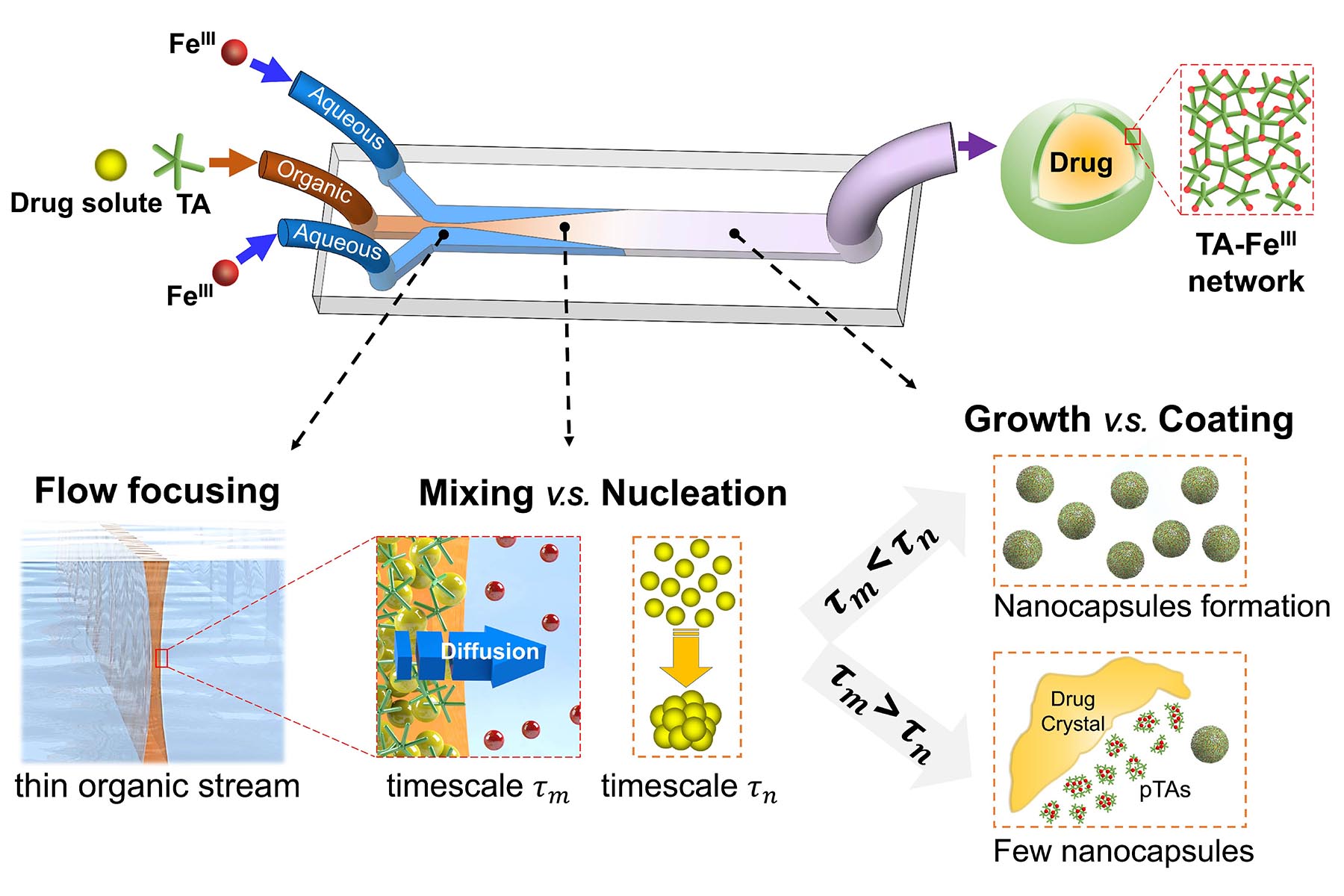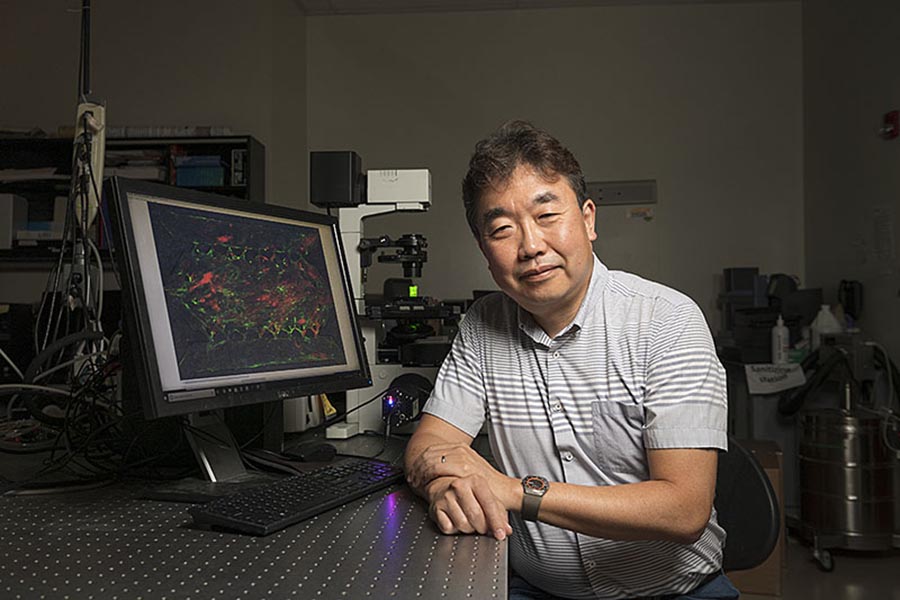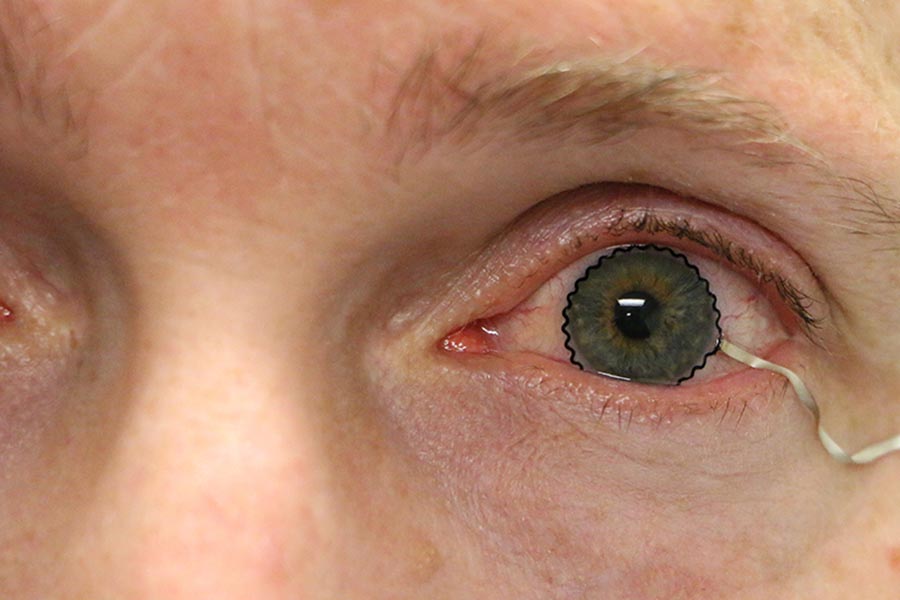Biomedical
Orthopedics. Tissue modeling. Even the future of robotic microsurgery. Purdue’s focus on Bioengineering brings many disciplines together at world-class facilities. Biomechanics can be tested on a human scale, while cutting-edge disease detection and treatment can be explored on the nanoscopic level. Whether it’s the impact of a car seat on someone’s posture, or the impact of pharmacology on microorganisms, Purdue researchers are at the forefront of biomedical engineering.
Faculty in Biomedical
- Modeling, Experiments and Simulations of turbulent boundary layers: role of initial conditions and bio-inspired micro-surfaces on evolution of velocity/thermal fields.
- Importance of turbulence and complex topography on wind energy.
- Integration of renewable with water and thermal storage.
- Translational research focus on renewable energy & society
- Wall interaction (e.g., bio-inspired micro surfaces) in respiratory flows
- Big data in turbulence, renewable energy and biomedical engineering.
- Energy and social equality
- Modeling and simulation techniques for multiphase and multiphysics problems using the phase-field method.
- Isogeometric methods with applications in fluid and solid mechanics.
- Modeling and simulation tools for several biomechanics problems, including tumor growth, cellular migration and blood flow at small scales.
- Computational methods for fluid-structure interaction, especially when the problem involves complex fluids.
- Predictive, multi-scale modeling and simulation of microstructure evolution in confined granular systems, with an emphasis in manufacturing processes and the relationship between product fabrication and performance.
- Application areas of interest include:
- (i) particulate products and processes (e.g., flow, mixing, segregation, consolidation, and compaction of powders),
- (ii) continuous manufacturing (e.g., Quality by Design, model predictive control, and reduced order models), and
- (iii) performance of pharmaceutical solid products (e.g., tensile strength, stiffness, swelling and disintegration), biomaterials (e.g., transport and feeding of corn stover) and energetic materials (e.g., deformation and heat generation under quasi-static, near-resonant and impact conditions, and formation and growth of hot spots) materials.
- Bio-inspired designs
- Surface engineering and multifunctional materials
- Convergent Manufacturing for Industry 5.0: hybrid manufacturing processes, heterogeneous materials, and bio-inspired designs
- Systems integration, productization, and production
- Heavy-duty machines: machining, lubrication, and corrosion
- Heterogeneous and hierarchical integration (mechanical-electrical-optical and nano-micro-meso-macro)
- Precision agricultural and food: cellular agriculture, vertical farming, micro-production, and resilience
- Frugal engineering, social innovations, and social equity
- Manufacturing in space











